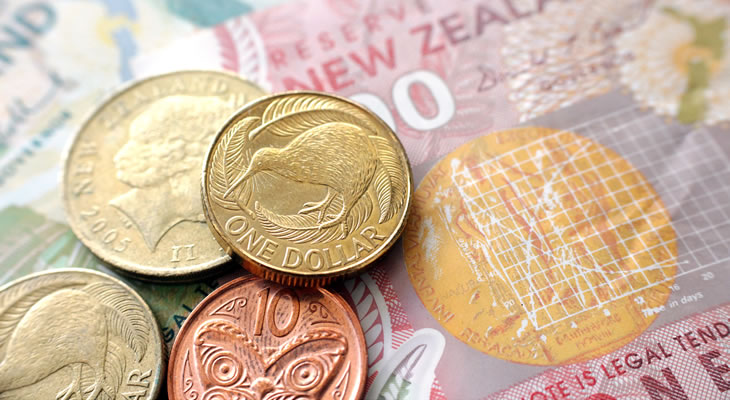Despite poor New Zealand growth stats this week, the Pound New Zealand Dollar exchange rate struggled to recover from lows on Thursday morning. GBP NZD trended close to the level of 1.75.
The main reason for the New Zealand Dollar’s better-than-expected performance on Wednesday night and Thursday morning was investor disappointment in the Federal Reserve’s latest US policy outlook.
While the Fed did indeed hike US interest rates, it took the same tone investors had seen in December and indicated the pace of interest rate hikes would not increase. This increased demand for high-yielding risk-correlated currencies like the New Zealand Dollar.
In December 2016, the Fed stated its intention to hike US interest rates two to three times throughout 2017. Traders had been hoping solid US ecostats would pressure the Fed into increasing this outlook to as many as four or more rate hikes.
However, the Fed indicated this week that it still intended to hike rates just two more times in 2017.
Risk-sentiment surged and the New Zealand Dollar benefitted, with investors brushing over this week’s disappointing New Zealand Dollar Gross Domestic Product (GDP) report as a result.
New Zealand growth was predicted to slip from 1.1% to 0.7% quarter-on-quarter in Q4 2016. However, the previous figure was revised down to 0.8% and the growth rate halved to 0.4%.
The yearly figure was equally disappointing. The previous figure was revised down from 3.5% to 3.3% and instead of coming in at the forecast 3.1% the report printed at 2.7%.
While the report didn’t sway investors much, the figures have important long-term implications that could come back to haunt the New Zealand Dollar in the coming weeks and months.
Not only was New Zealand’s Q4 2016 growth well below expectations, Q3 growth was also slower than expected. This has slightly undermined the recent impression of reliance in NZ economic growth.
Analysts believe the slowed growth was due to drop in exports as well as potentially an earthquake that hit New Zealand in late-2016.
While many analysts agree that the underlying economic outlook in New Zealand remains too solid for the Reserve Bank of New Zealand (RBNZ) to worry much, further poor growth stats could change that.
As a result, investors will be keeping a closer eye on New Zealand economic activity and GDP stats in the coming months and a slower-than-expected growth pace could have a significant long-term effect on the New Zealand Dollar’s strength.
With the Pound volatile on Brexit jitters and growth concerns, a slowing in one of the world’s best-performing economies could certainly see the Pound to New Zealand Dollar exchange rate making gains long-term.
Ultimately however, if the latter half of 2016 remains an outlier in terms of New Zealand economic growth the GBP NZD outlook remains poor as investors have shown they will still sell the Pound on Brexit uncertainty.
At the time of writing, the Pound to New Zealand Dollar exchange rate trended in the region of 1.75. The New Zealand Dollar to Pound exchange rate traded at around 0.57.


Comments are closed.